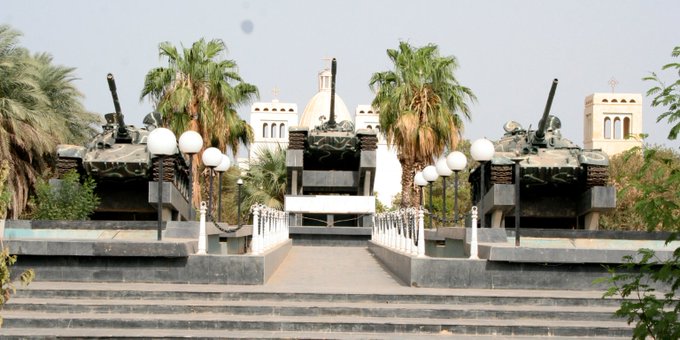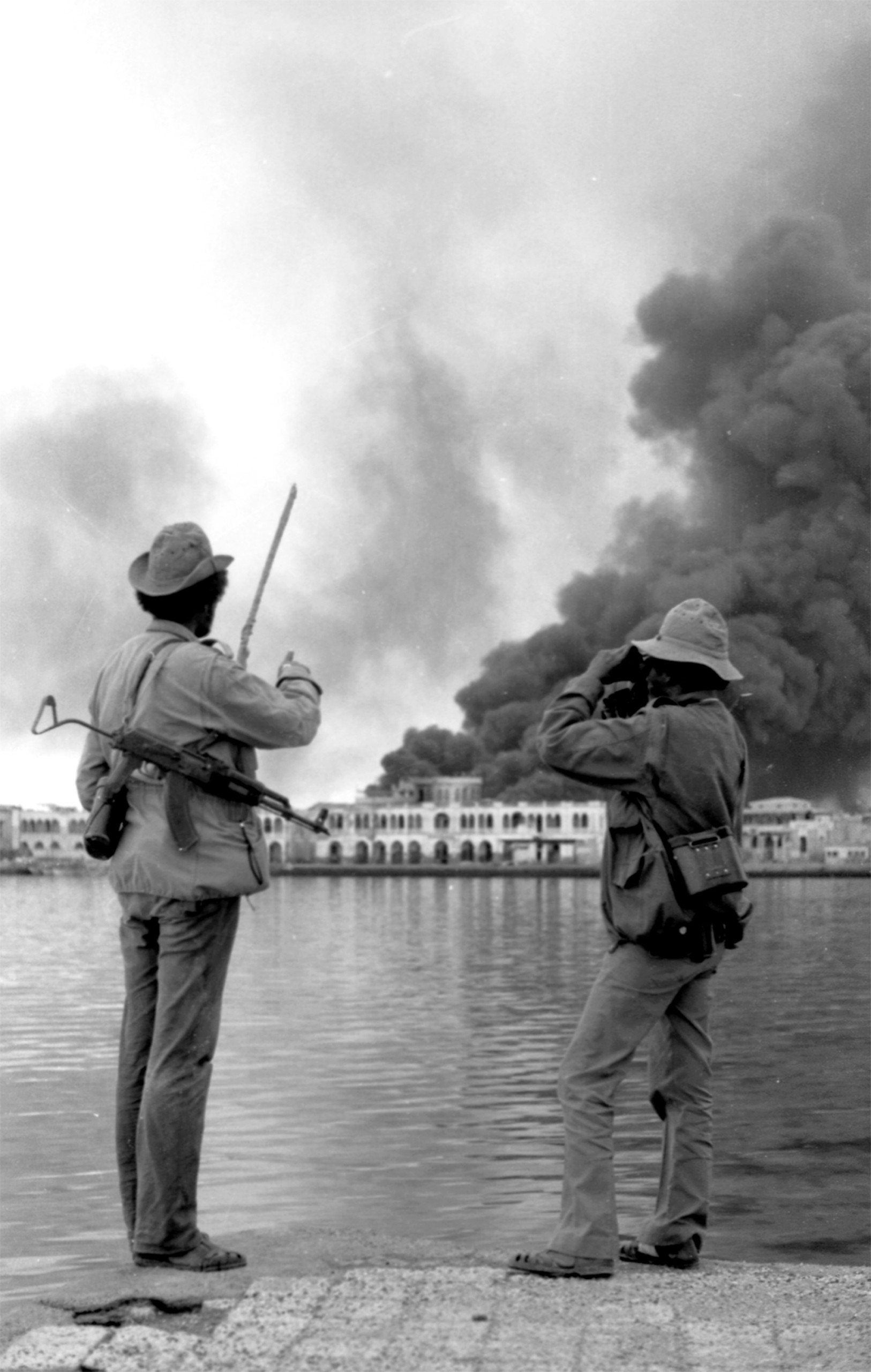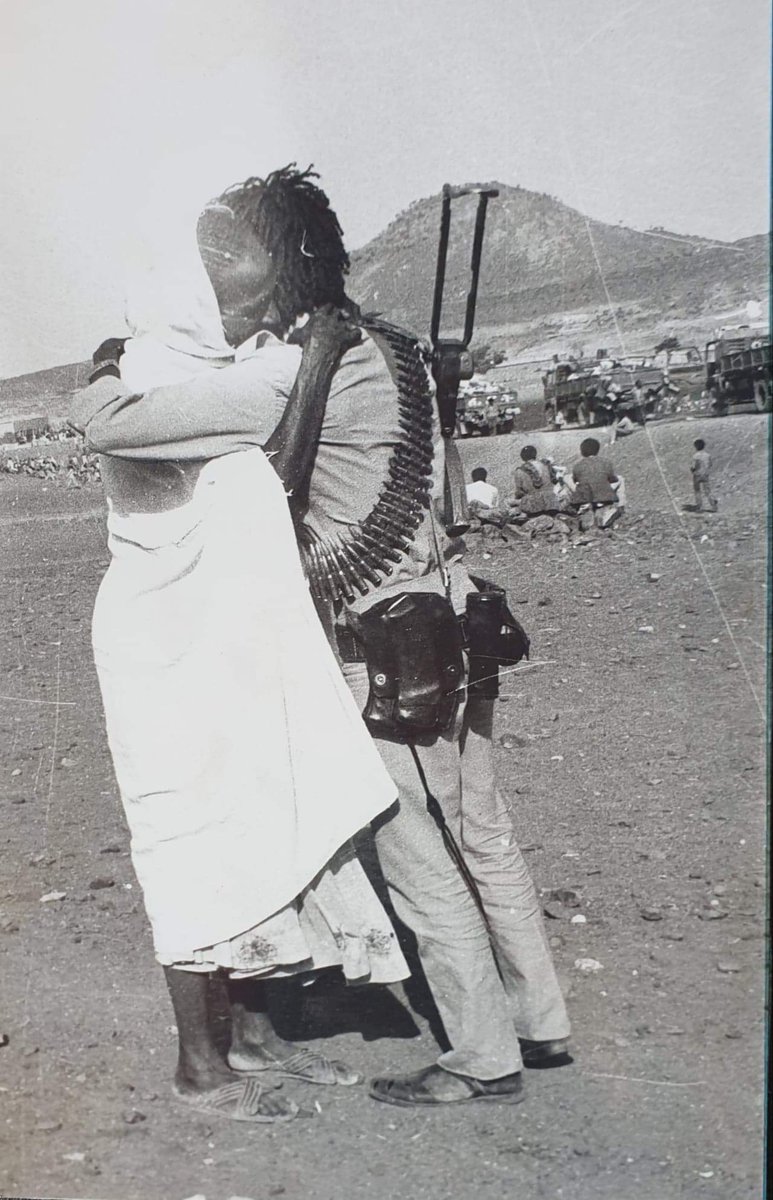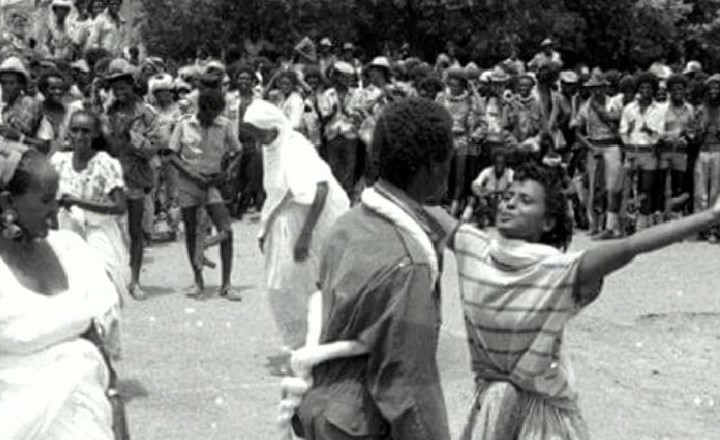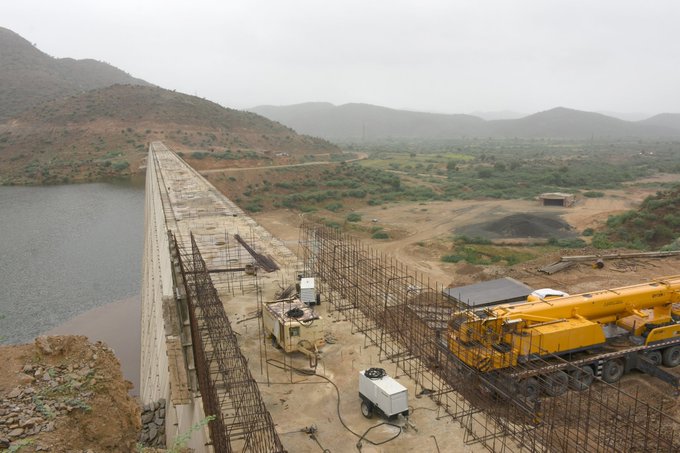Journey Through Time
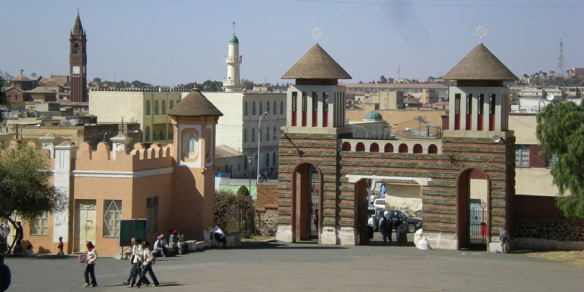
The history of Eritrea, dating as far back as 6000 BC, is rich and filled with complexity. The origin of the name Eritrea is the word erythrean, Greek for "red" (in reference to the Red Sea).
In about 338 AD, Christianity was introduced in Eritrea. And the year 615 brought Islam to Eritrea. The strategic location it inhabits has not only been a source of enrichment but also the root of many of its tribulations.
Eritrea's geographical location made it a vital trading route, even during the first millennium BC. Qohaito, found on one of the plateaus of Eritrea, was just one of the thriving ancient trading cities.
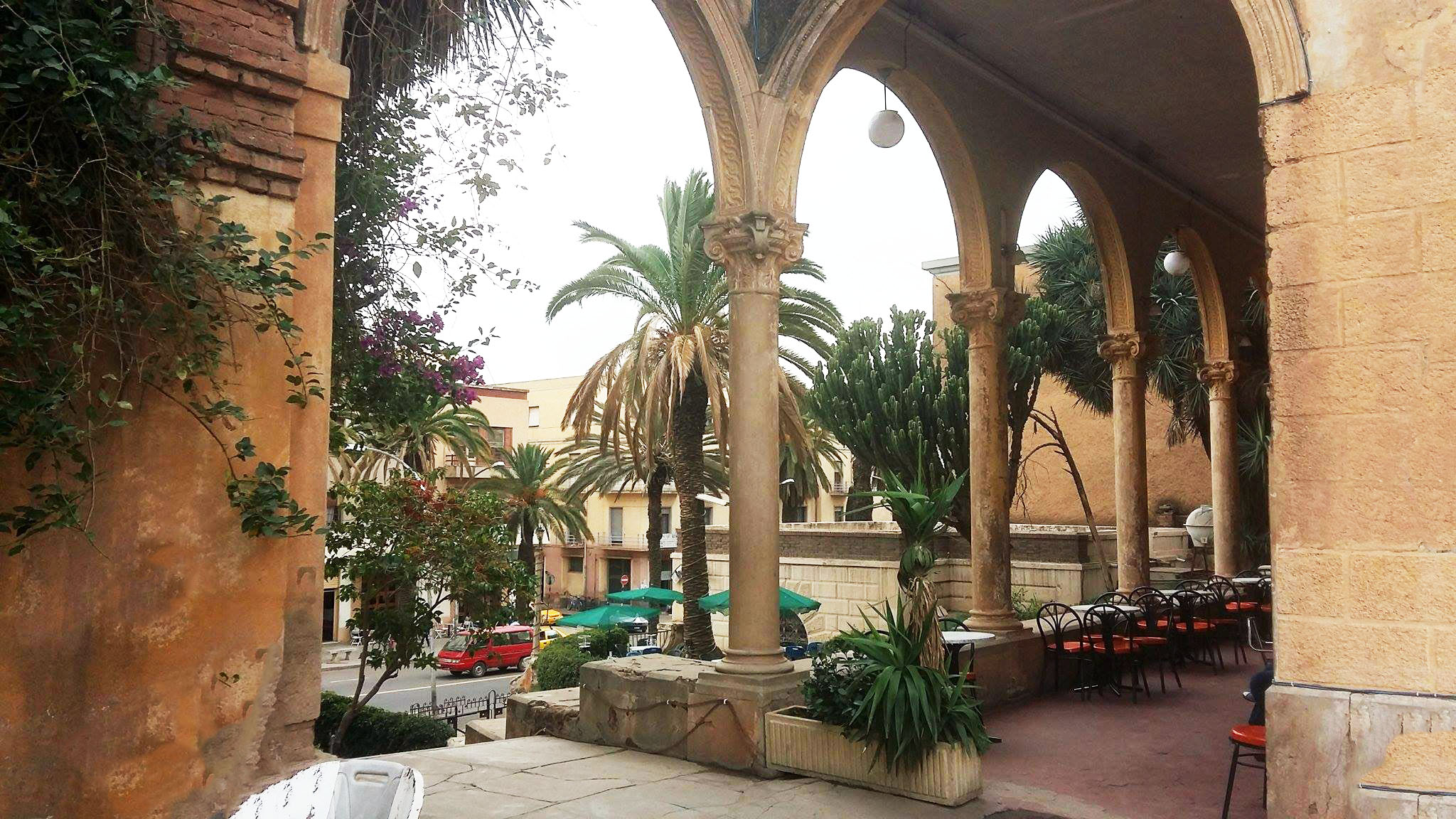
Eritrea was officially declared an Italian colony on January 1, 1890, by the royal decree of Umberto I. Italy's presence in Eritrea started when an Italian monk purchased land in Assab on behalf of an Italian shipping company in 1869.
With Italy's conquest of Massawa in February 1885, it quickly consolidated its footing on the Eritrean coastline and areas farther inland. Italy continued with its plan to create a settler colony and faced various forms of protest and resistance.
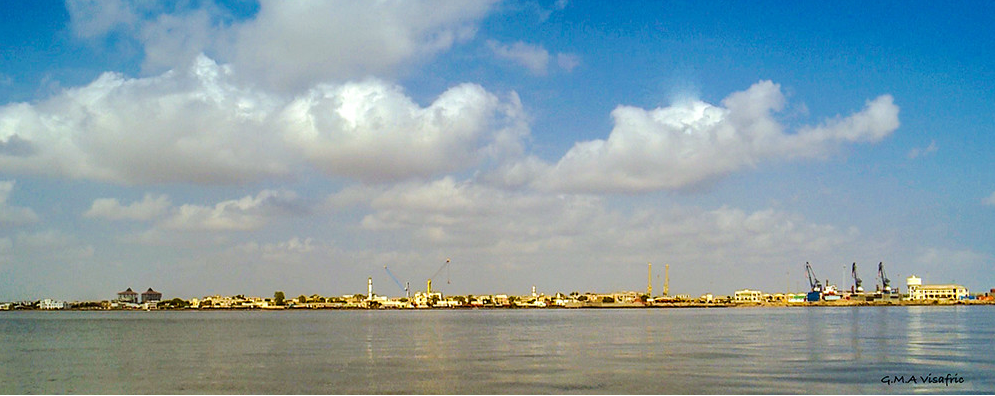
In early 1941, the British defeated the Italians in Eritrea at the Battle of Keren, marking a significant transition. On April 1, 1941, British forces seized Asmara and placed the colony under British military administration during World War II.
The occupation was intended to be temporary, and the 'caretaker' policy was to keep Eritrea weak and disunited. British forces moved Eritrean industries from Asmara and Massawa to Kenya as war compensation. They destroyed other factories and machinery, and dismantled parts of the Eritrean railway.

During the UN General Assembly in 1949, while Libya and Somalia were granted independence, Eritrea's fate remained uncertain. Despite the majority of Eritreans wanting complete independence, the UN forced Eritrea to accept federation with Ethiopia.
The federation provided a path for the United States to secure a military base in Asmara. In December 1950, the United Nations resolved to forcibly join Eritrea to Ethiopia within two years, against the wishes of the Eritrean people.
After continuous violations of the Federation terms, in November 1962, Ethiopia's emperor dissolved the Federation and annexed Eritrea, triggering the 30-year armed struggle.
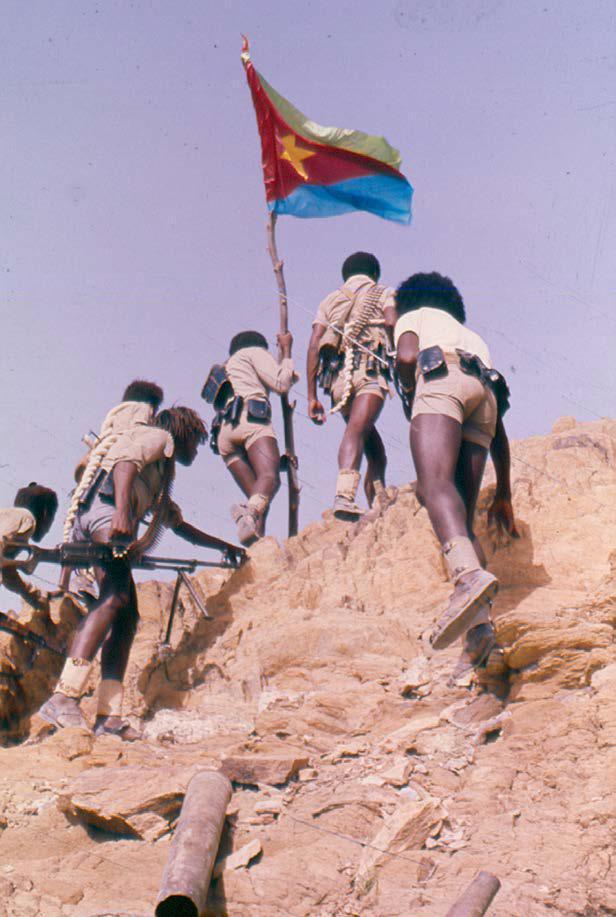
The most dramatic epoch in Eritrea's history was the 30-year War of Liberation. The struggle began when peaceful protests fell on deaf ears, leading to the first shots of revolution on September 1, 1961.
Against overwhelming odds - facing an opponent with a larger population, better armaments, and significant foreign support - Eritreans fought for their independence. The struggle was made more challenging by rough terrain, harsh weather, and devastating famines.
Through unwavering determination and sacrifice, the Eritrean people persevered in their fight for self-determination and independence.
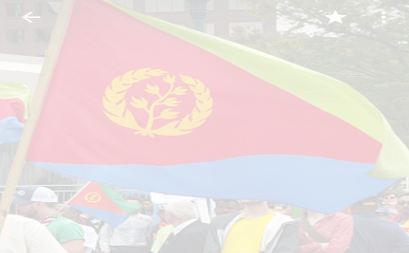
In 1991, the Eritrean People's Liberation Front captured Asmara, ending the 30-year struggle. Independence was formally achieved following an internationally monitored referendum in 1993.
Since independence, Eritrea has focused on self-development with dignity, achieving significant progress in areas including women's rights, food security, healthcare, and education. The country has built over 800 new dams and reservoirs, increased access to safe drinking water to 95%, and established seven colleges across the nation.
